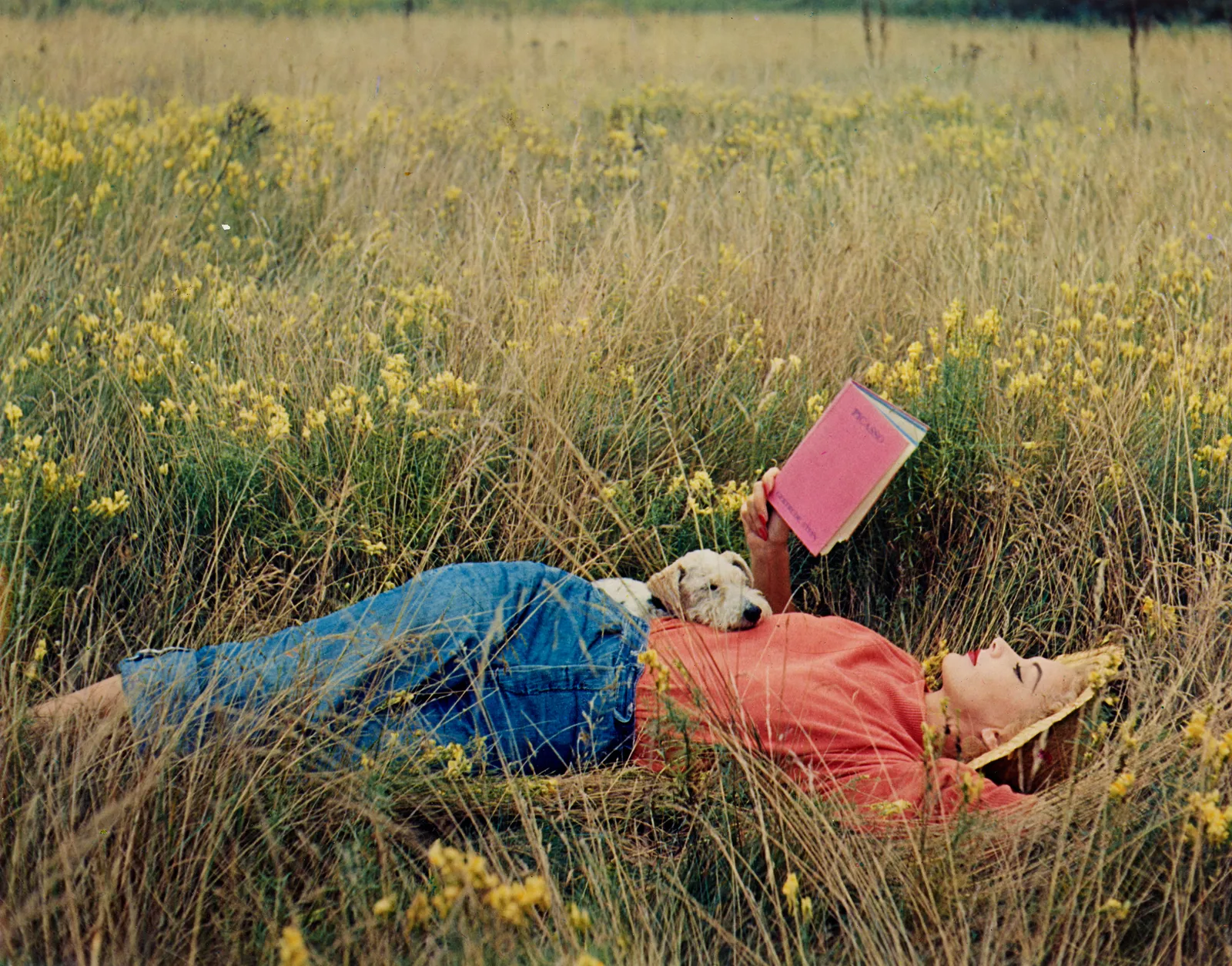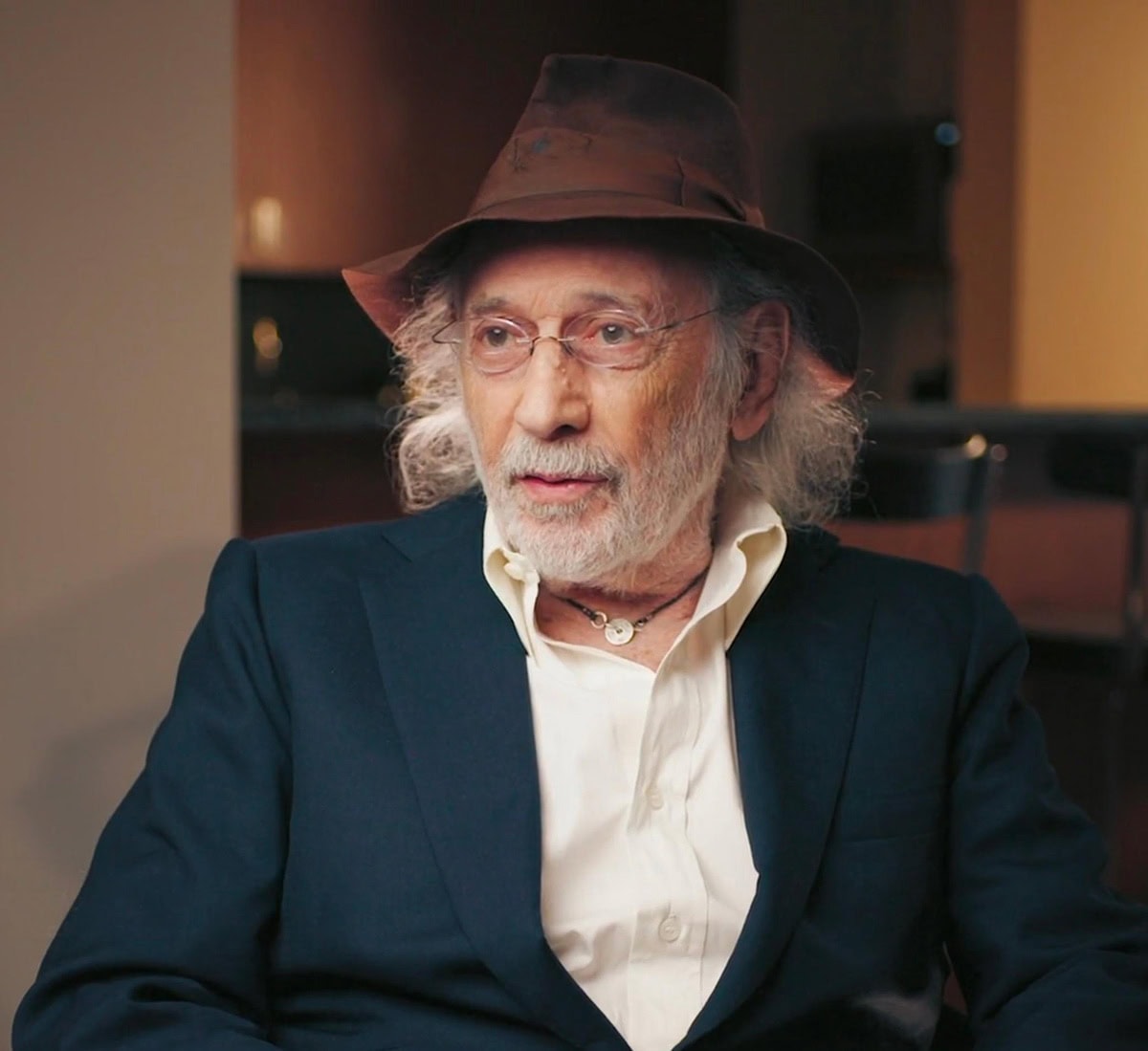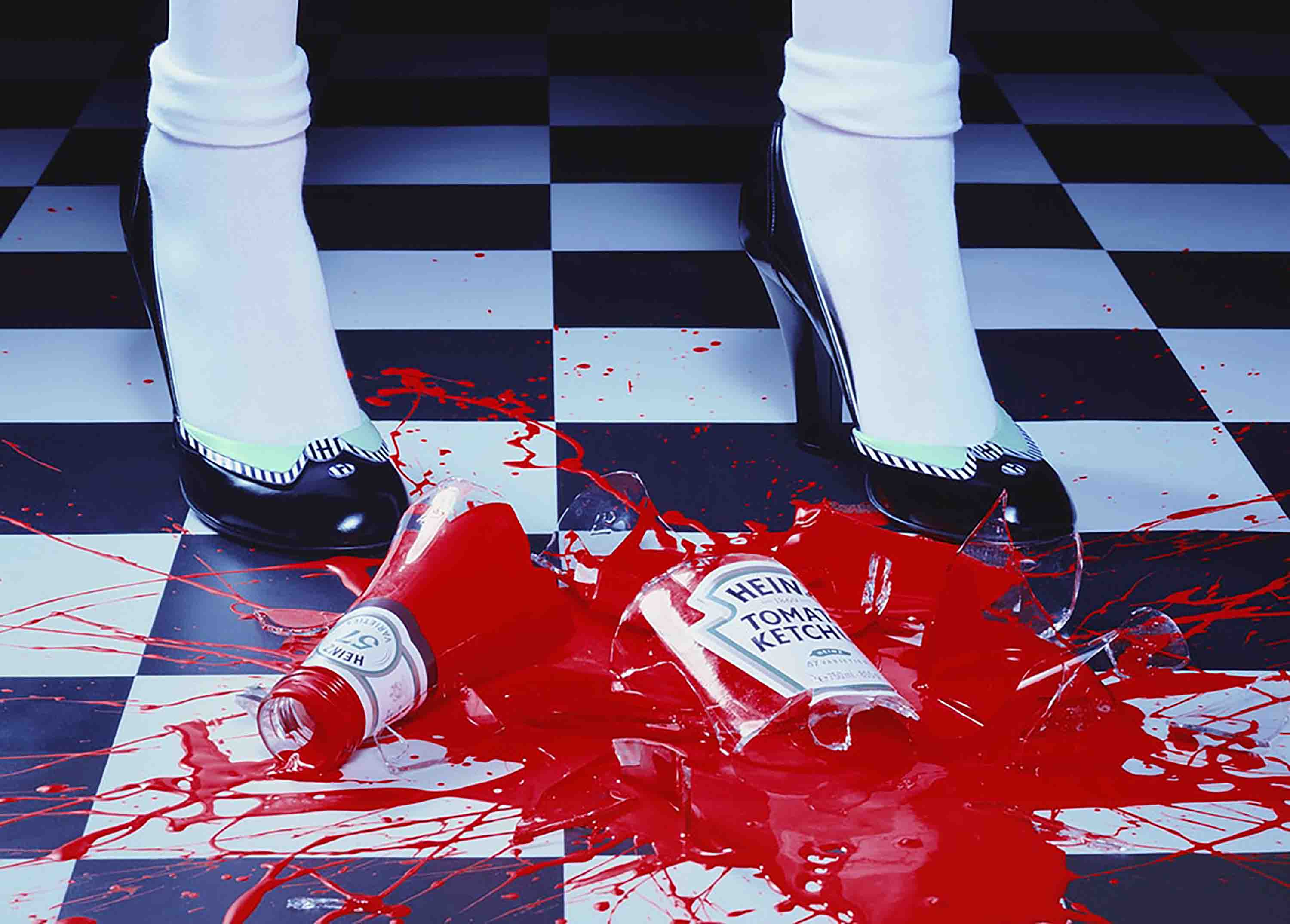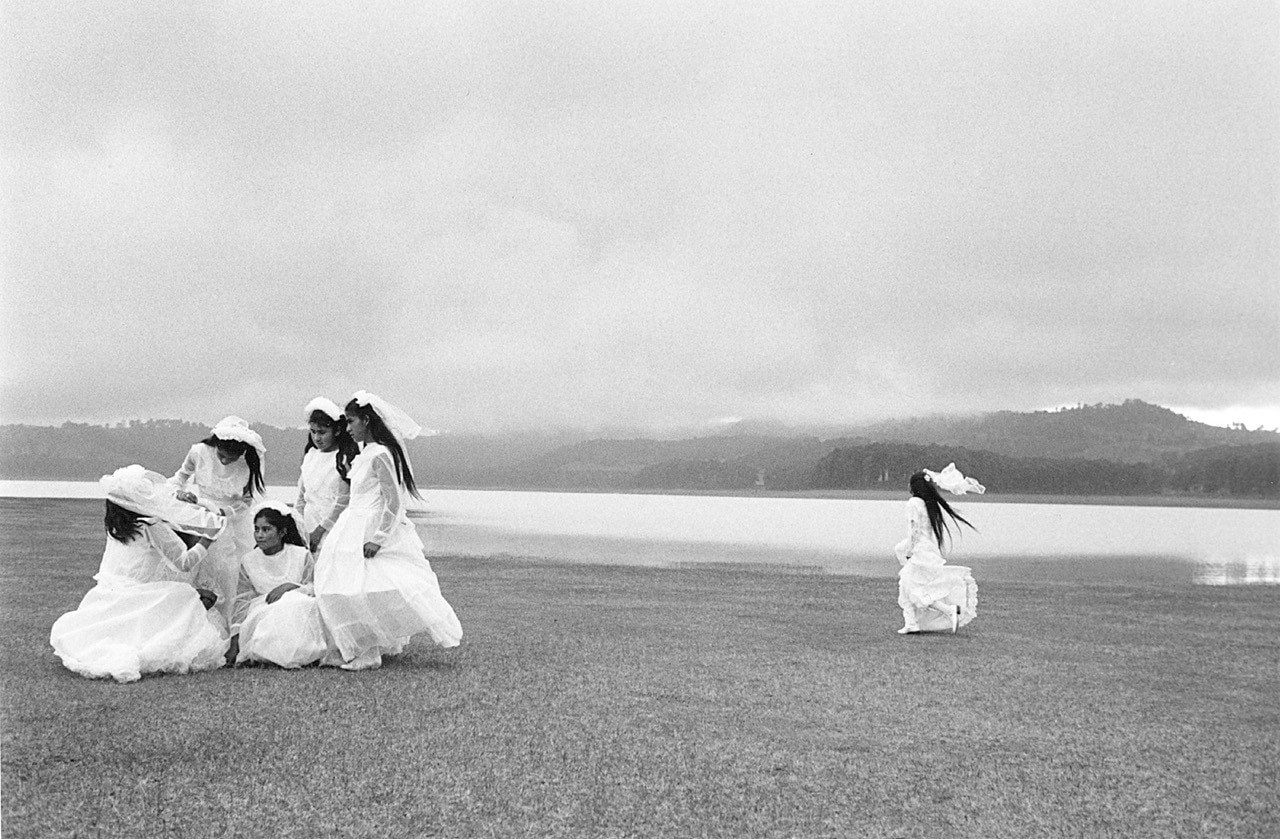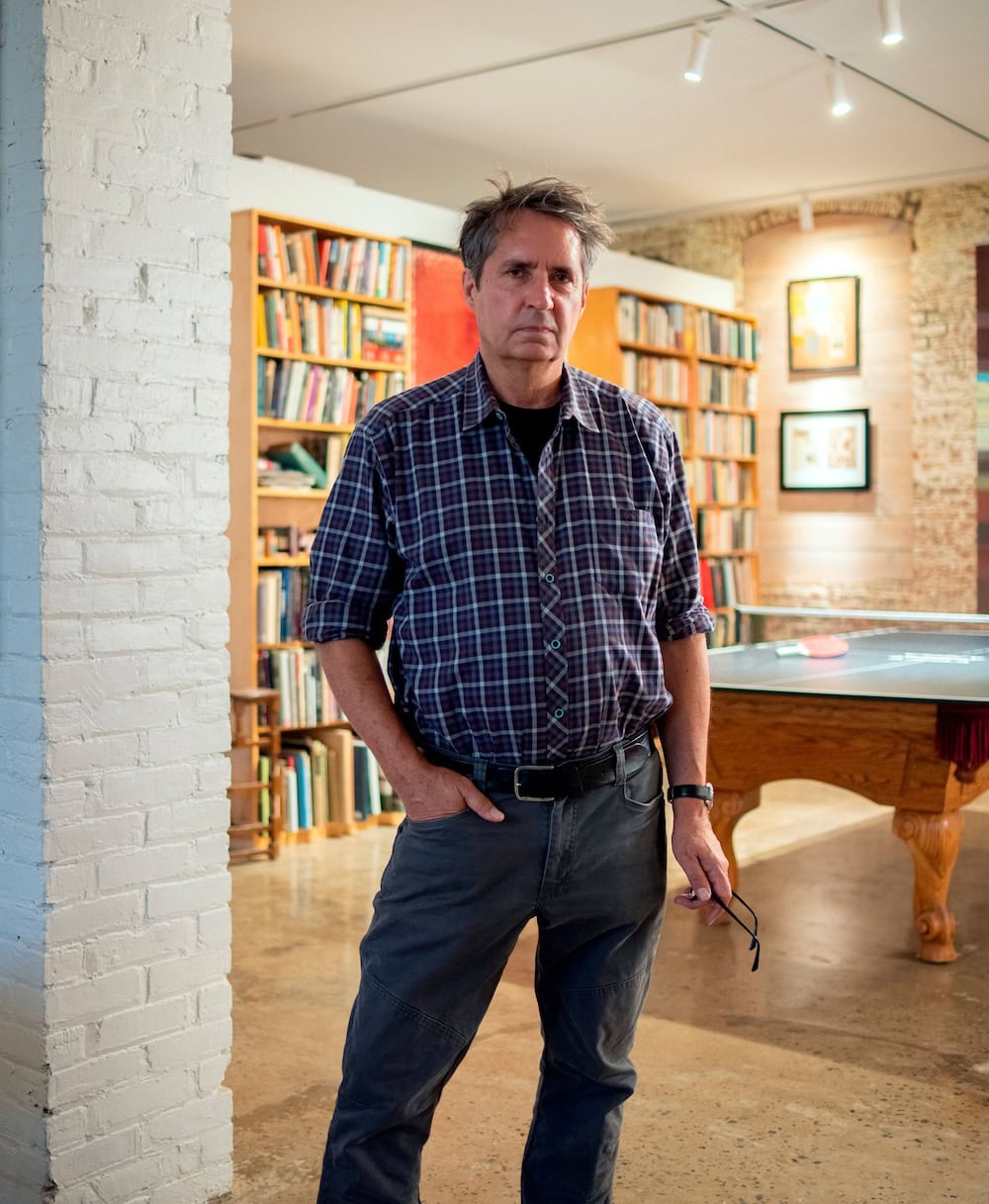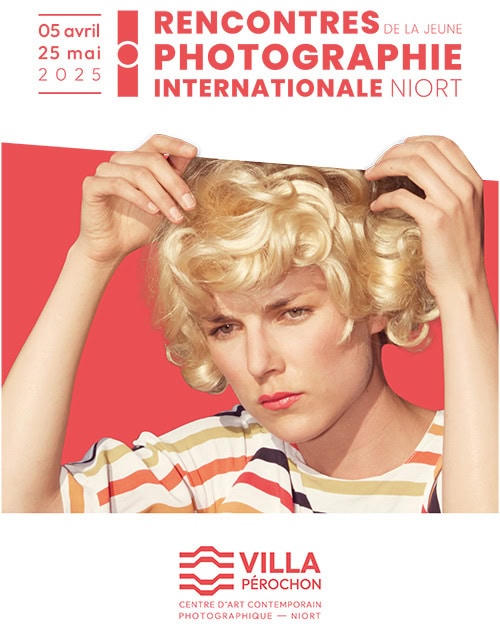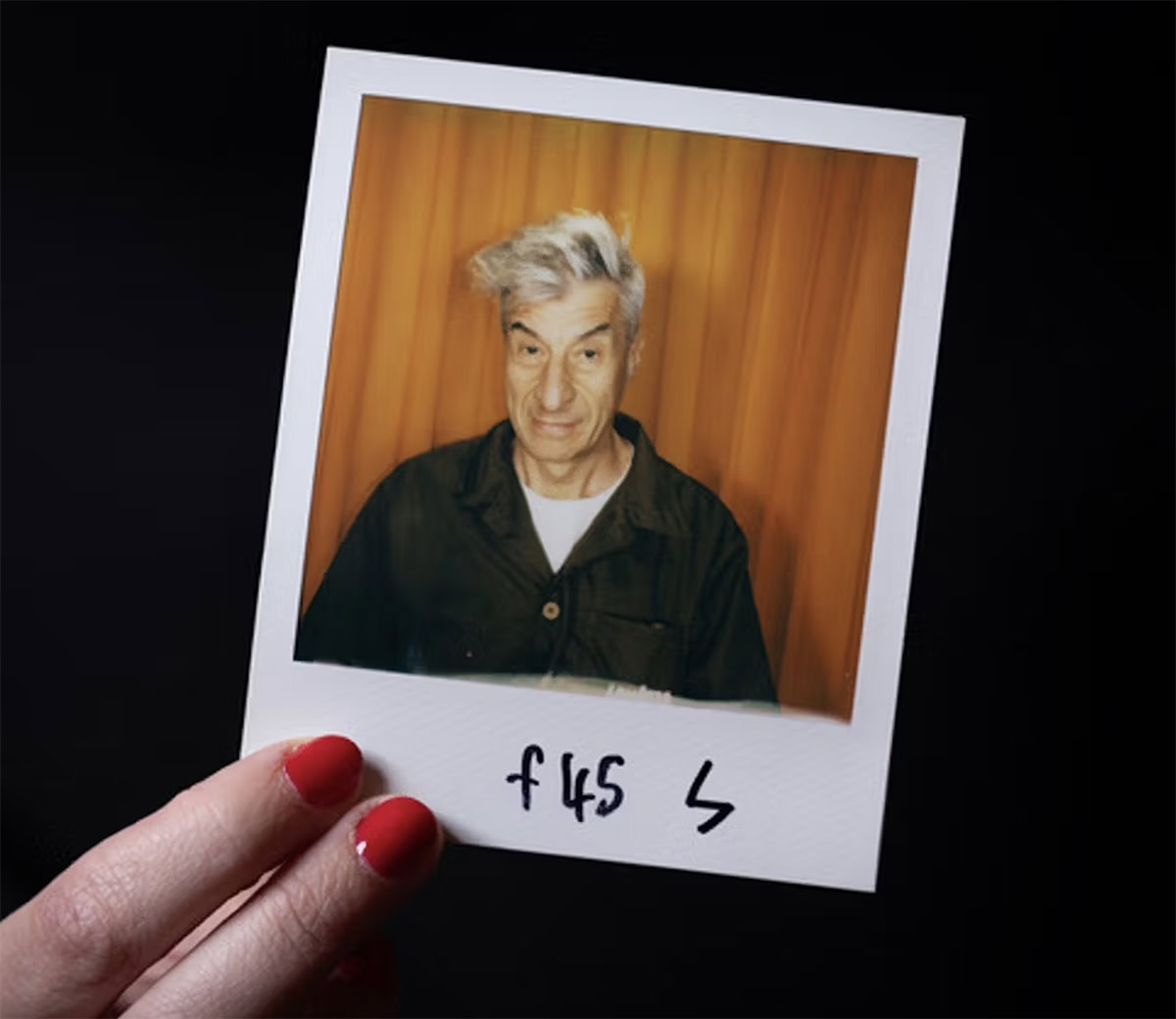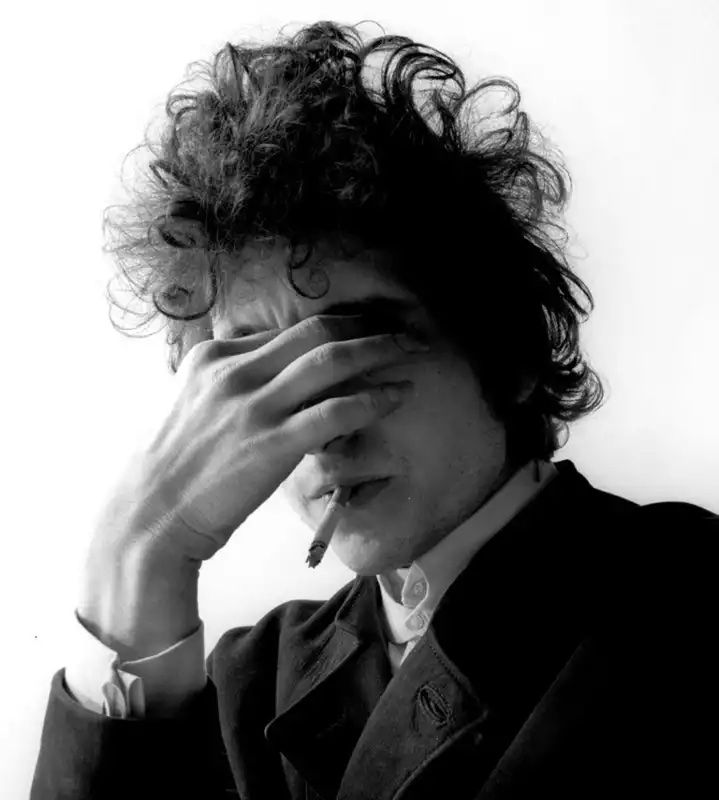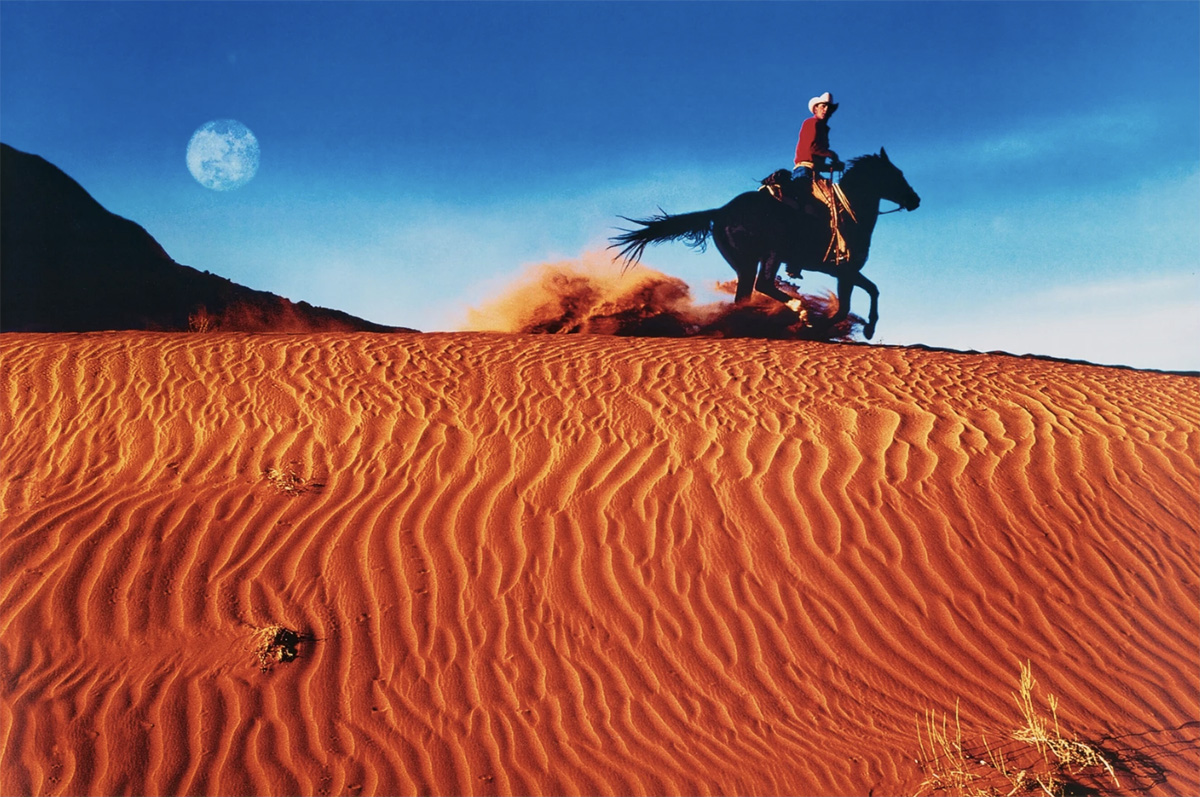Bacchanale: Horst P. Horst X Salvador Dalí
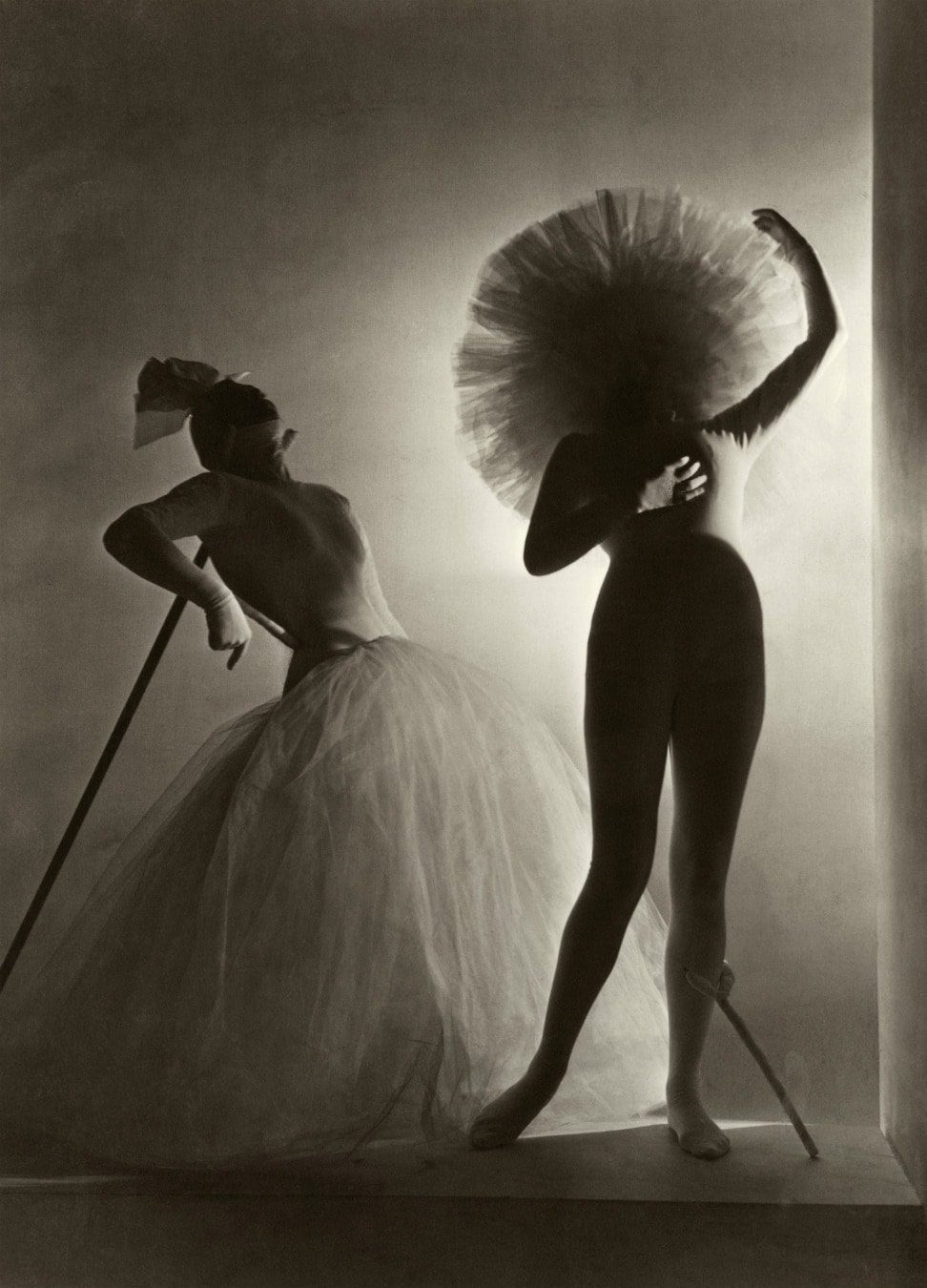
Horst P. Horst is regarded as one of the 20th century’s master photographers, shooting iconic fashion sets and portraits of stars from Hollywood’s upper echelons. Horst joined French Vogue in 1931, eventually surpassing his mentor George Hoyningen-Huene as the magazine’s primary photographer. Within his oeuvre, Horst excelled at portraiture, nude studies, interiors, and still lifes; and was widely celebrated for his skillful technical mastery of light and shadow. “He was the master, the magician of light” says Susanna Brown, previously the curator of photography at London’s V&A museum. “He saw things in three dimensions, with a wonderful sense of depth, space and form. One feels as if one could step into the picture and walk around the model”. Horst’s significant body of work reflects the fluctuations and changes within the worldwide fashion industry, documenting Parisian haute couture to ready-to-wear American collections.
During the 1930s, alongside Renaissance and classical influences, Horst often incorporated Surrealist themes and aspects within his photographs. By this point the avant garde movement was over 10 years old, and had long since escaped its radical roots, moving on to transform modern design, fashion, advertising, theatre, and film. Grounded in the unconscious mind’s secretive desires, Surrealism explored the dreams, fantasies, and uncanny realities that nestle deep within our psyches. Alongside his mysterious and whimsical photographs taken during this period, Horst also shared the Surrealist fascination of representing and eroticising the female body.
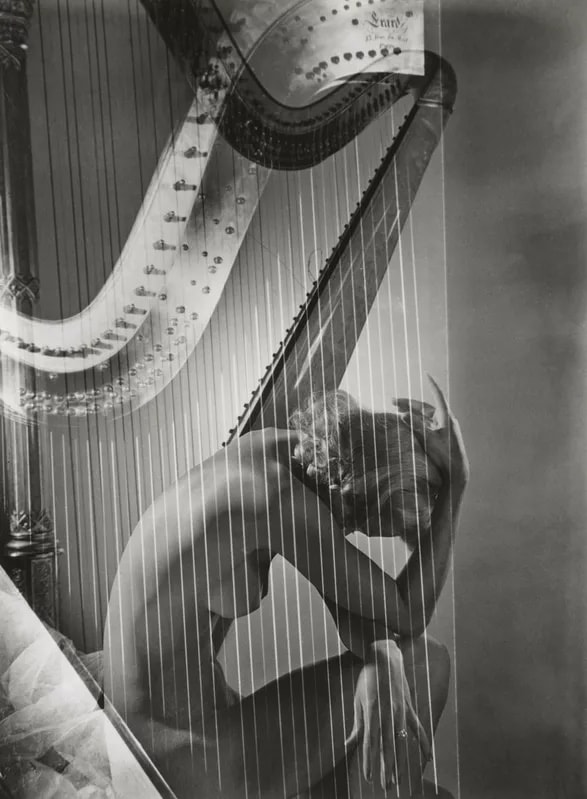

‘Costume Designs by Salvador Dali for his Ballet Bacchanale, Paris’ (1939) captures Dali’s fashion creations made for Russian choreographer Léonide Massine’s Surrealist-influenced ballet, Bacchanale. The one-act ballet was set to music by Richard Wagner, and caused quite a stir with its contemporary audience. Jack Anderson describes prudish audiences blushing over the “male ensemble with large red lobsters on their thighs”, and the dancer portraying Venus creating a sensation by appearing totally nude. In actuality she was wearing “flesh-coloured tights from her neck to her toes”. Other costumes included a rose-coloured fish head, a hoop skirt covered in teeth, and an enormous perambulating umbrella.

Horst’s Surrealist influences are clearly reflected in his photograph of Dali’s costumes through the strangely shaped plumage escaping from the dancers’ bodies and the angular sticks supporting their weight. Their faces are darkened, anonymised, bringing further attention to their figures. Although this image implements muted greys, blacks, and whites throughout, it subtly echoes the sentiment of Dali’s vibrantly coloured set design. In fact, ‘Costume Designs by Salvador Dali for his Ballet Bacchanale’ becomes an extension of the ballet’s set design. Within the fiery, bone-littered landscape, it would not seem unusual for Horst’s image to appear deep inside the cracked, gaping hole of the central swan’s body.
FeaturedHorst P Horst


The ArtistHorst’s experimentations with radical and Surrealist compositions, as well as avant-garde techniques such as double exposures, produced some of the most iconic fashion images ever-taken.
Artist Page

